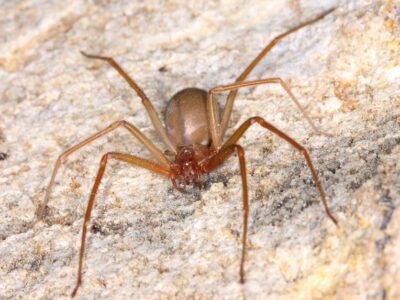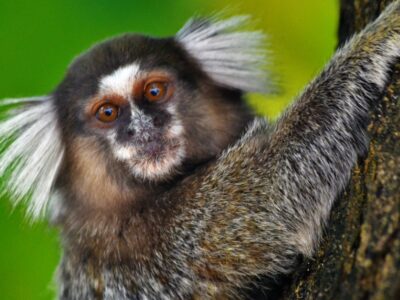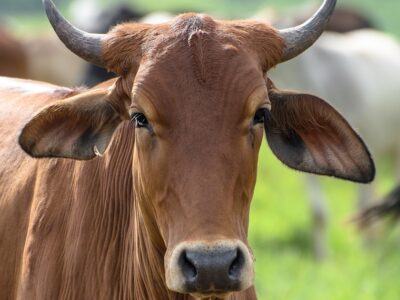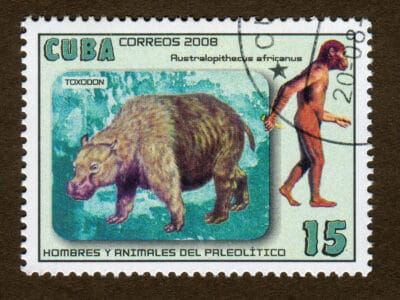Below you can find a complete list of Paraguayan animals. We currently track 239 animals in Paraguay and are adding more every day!
The Rio Paraguay cuts the country of Paraguay in half, with the east side of the river being largely developed and agricultural land, while the west side of the river is dominated by a stretch of arid lowlands known as the Gran Chaco. But the eastern half of Paraguay is still home to a decent stretch of rainforest, and western Paraguay is more diverse than it might appear at a glance. The Gran Chaco gives way to a vibrant palm savanna to the south thanks to the wetter air. By contrast, the more arid stretches of northwest Paraguay are home to thorny forests of their own.
Unfortunately, the wetter marshlands and rainforests of the east and the more arid lowlands of the west are at risk of deforestation and other threats, putting local populations like monkeys, jaguars, and hundreds of birds at risk. In contrast, the relative lack of human settlements in the Chaco makes it a prime location for spotting wildlife like tapirs, jaguars, and parakeets.
The Official National Animal (and Bird) of Paraguay
The pampas fox is the national animal of Paraguay. The average person wouldn’t be able to distinguish a pampas fox from another breed, but they have a couple of qualities that make them unique. The pampas fox is known to collect stray bits of materials like cloth and textiles in their private dens, and they respond to humans they perceive as threats by playing dead. The pampas fox is an omnivore that prefers valleys and sparse forests. Despite being recognized as the national animal, the pampas fox is sometimes perceived as a threat to agriculture. They’re hunted both for population control and for their fur. The pampas fox can also be found in Brazil, Bolivia, and Uruguay.
The bare-throated bellbird was only named national bird as recently as 2006, but this stark and unique white bird with a blue face is a symbol of Paraguay’s commitment to conservation. The Paraguayan National Congress assigning a national bird signified recognition of Paraguay’s important proximity to critical bird migration patterns.
Where To Find The Top Wild Animals in Paraguay
Paraguay offers a few distinct ecosystems, but each offers unique wildlife and distinctly gorgeous views. Here are some of the highlights.
- San Rafael Park offers the most accessible and meaningful exposure to the unique wildlife of the Atlantic Forest. Over 400 species of birds live in San Rafael Park, but it’s home to the capybara and tapir as well. Jaguars, ocelots, and puma also count San Rafael Park as their stomping grounds.
- The largest protected area in Paraguay is Cerro Cora. This national park straddles the border with Brazil, and its mix of valleys, rainforests, and hills make it a unique cross-section of the country’s unique ecosystems. The diversity of the flora is the real spotlight here, but you’ll find conventional wildlife like deer and foxes alongside rarer breeds like the giant anteater.
The Most Dangerous Animals In Paraguay Today
- There are plenty of big cats that could pose a danger within Paraguay’s borders. The most dangerous is the jaguar, but ocelots and panthers are also known to prowl the country.
- The truth of the matter is that most piranha fish pose no threat to humans. They’re more scared of us than we are of them. But the most aggressive form of this carnivorous fish — the red-bellied piranha — is native to Paraguay. Bite outbreaks are not unheard of in neighboring countries like Brazil.
- Of the hundred or so snakes living in Paraguay, most are harmless. But there are a few dangerous snakes that are venomous and often lethal to humans. Of particular note are the eight species of endemic coral snake.
Endangered Animals In Paraguay
Three species endemic to Paraguay are currently listed on the endangered species list, and all of them are giant versions of more familiar animals. The giant armadillo grows to be an average length of three feet, while the giant otter can reach a length three times that. Its stature has earned it the nickname of “river wolf”. The giant peccary is perhaps the most interesting of the three, as the pig-like creature wasn’t even known to exist until its discovery in 2000 among the Brazilian wilderness.
Paraguay is also home to seven animals that are included on the vulnerable species list. These include the giant anteater, the shrewish short-tailed opossum, and the bush dog. But just as worrying is the loss of the Atlantic Forest. Constituting a major portion of Paraguay’s landmass, its disappearance to deforestation is incredibly worrying. It’s among the five most rapidly disappearing habitats — and that’s especially worrying considering how much biodiversity is there.
Paraguayan Animals
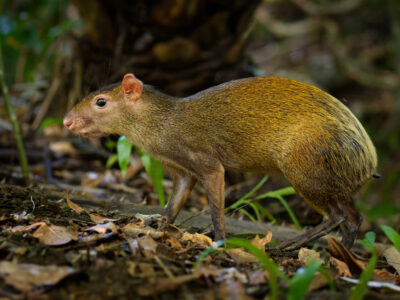
Agouti
The agouti is one of the only animals that can crack open Brazil nut pods!
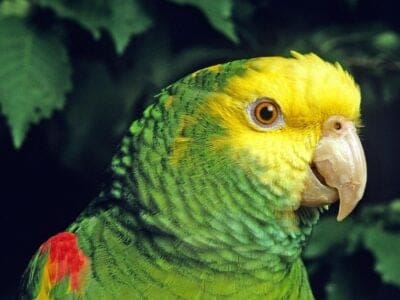
Amazon Parrot
These parrots can be trained to be "talking birds" that mimic human speech
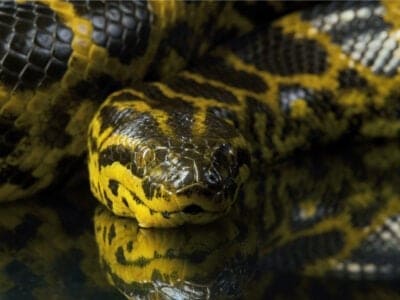
Anaconda
They are the heaviest snake in the world
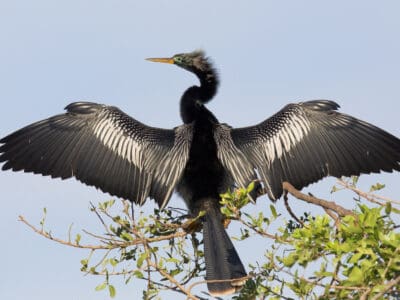
Anhinga
Their name means snake bird

Ant
First evolved 100 million years ago!

Anteater
Has the longest tongue of any animal in relation to its body size!

Armadillo
Can curl into a hard, protective ball!

Armyworm
They are so named because they "march" in armies of worms from one crop to another in search of food
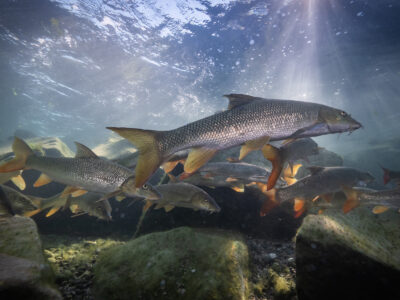
Barb
There are over 1768 known species!

Barn Owl
Found everywhere around the world!

Barn Swallow
Older offspring help care for new hatchlings.

Bat
Detects prey using echolocation!
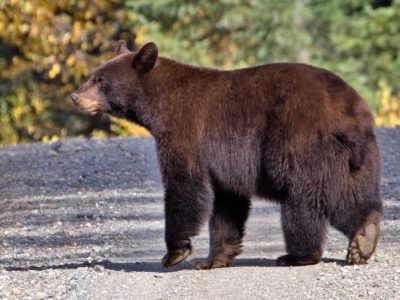
Bear
There are 8 different species!

Bed Bugs
Bed bugs feed for 4-12 minutes.

Bee
Rock paintings of bees date back 15,000 years

Beetle
There are more than 350,000 different species

Bird
Not all birds are able to fly!

Biscuit Beetle
The biscuit beetle form a symbiotic relationship with yeast

Black Widow Spider
They typically prey on insects!
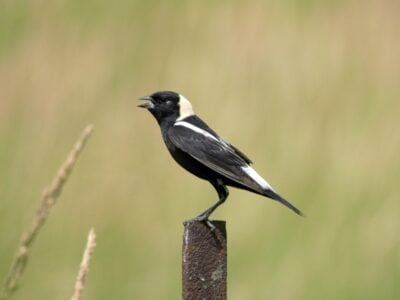
Bobolink
In spring, the male bobolink is the only North American bird who is dark below and light colored above. This makes identification easy.
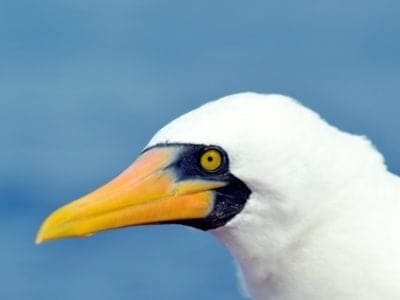
Booby
Seabirds found across the South Pacific!
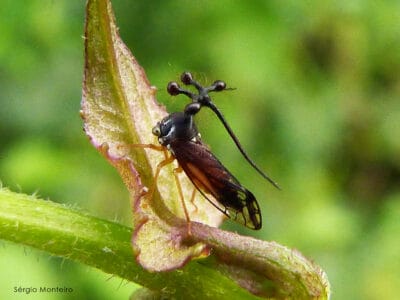
Brazilian Treehopper
“Mild-Mannered Minimonsters”

Brown Dog Tick
Can live its entire life indoors
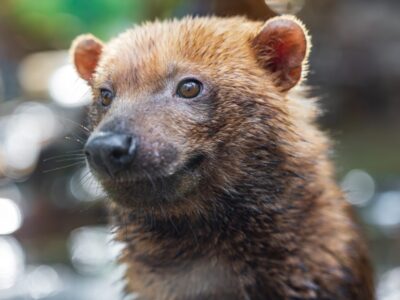
Bush Dog
Bush dogs have webbed toes to help them swim.

Butterfly
There are thought to be up 17,500 species!
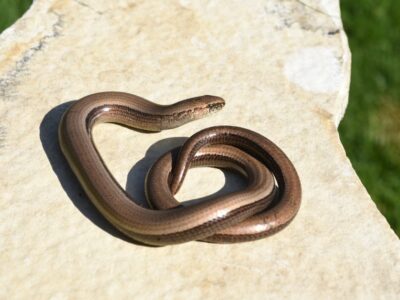
Caecilian
Some species' babies use their hooked or scraper-like teeth to peel off and eat their mother's skin
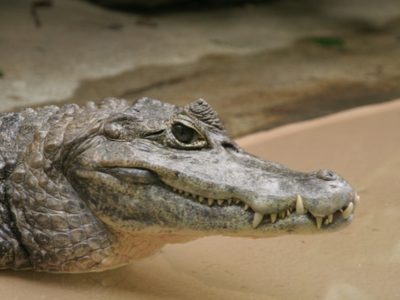
Caiman
Can grow to up 6 meters long!
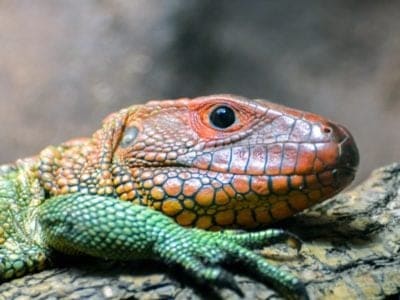
Caiman Lizard
Caiman lizards are among the largest lizards.
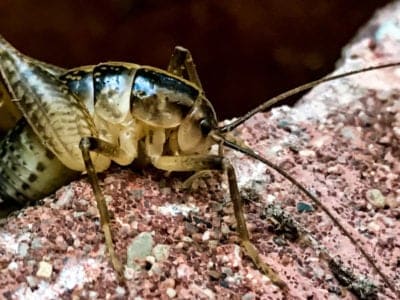
Camel Cricket
The camel crickets that are found in the USA are light brown in color. They also have dark streaks all over their body.

Carpenter Ant
Carpenter ants can lift up to seven times their own weight with their teeth!
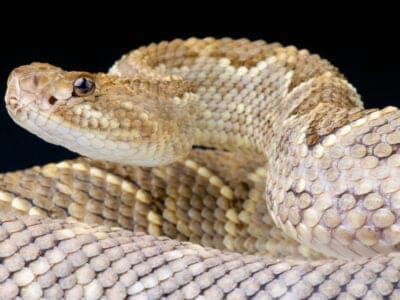
Cascabel
Cascabels rely on their camouflage first, and rattle if that doesn't work.

Cat
May have been domesticated up to 10,000 years ago.

Caterpillar
The larvae of a moth or butterfly!

Catfish
There are nearly 3,000 different species!

Centipede
There are about 3,000 documented species!

Chicken
First domesticated more than 10,000 years ago!

Cichlid
There are more than 2 000 known species!

Cockroach
Dated to be around 300 million years old!

Codling Moth
Pupae are able to undergo diapause to survive poor fruit yield years and winter.
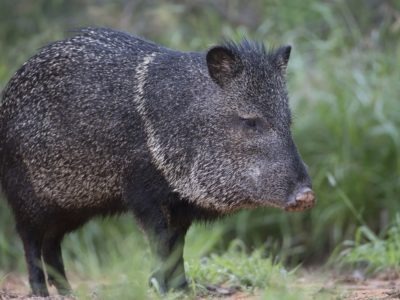
Collared Peccary
Form bands of up to 12 individuals!

Common Furniture Beetle
The common furniture beetle feeds exclusively on wood

Common House Spider
House spiders have the ability to eat most insects in a home.
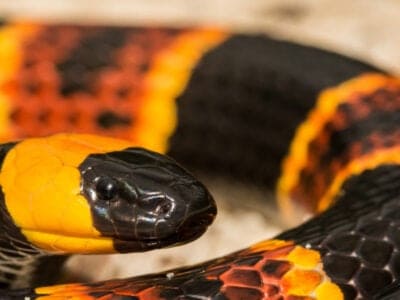
Coral Snake
There are over 80 species of coral snake worldwide.

Cormorant
They can fly 35 mph and dive 150 feet below water.

Cow
There are nearly 1.5 billion worldwide!

Crab
There are 93 different crab groups
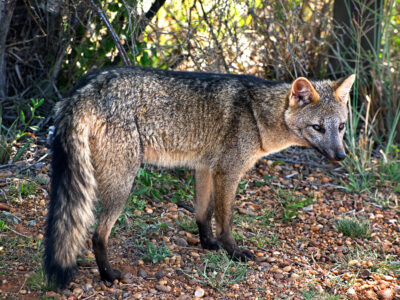
Crab-Eating Fox
The crab-eating fox is extremely adaptable, living in all sorts of habitats and eating almost any available food.

Crab Spider
Crab Spiders can mimic ants or bird droppings

Cricket
Male crickets can produce sounds by rubbing their wings together
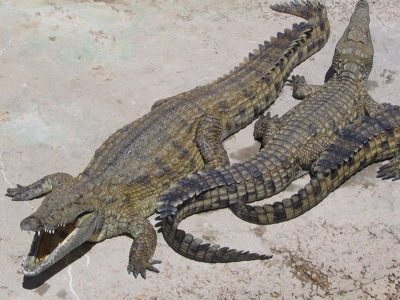
Crocodile
Have changed little in 200 million years!

Crocodylomorph
Crocodylomorphs include extinct ancient species as well as 26 living species today.

Crow
A group of these birds is called a Murder.

Dog
First domesticated in South-East Asia!

Dog Tick
Dog ticks feed on dogs and other mammals

Donkey
First domesticated 5,000 years ago!

Dragonfly
It's larvae are carnivorous!
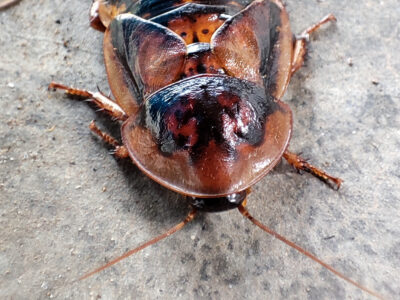
Dubia Cockroach
The most popular species of feeder roach

Duck
Rows of tiny plates line their teeth!

Dung Beetle
The dung beetle can push objects many times its own weight
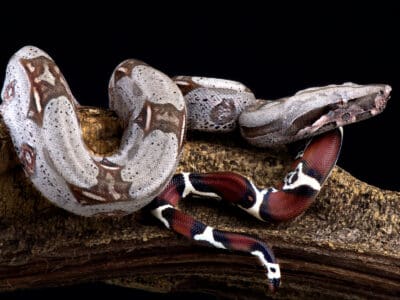
Dwarf Boa
Some species can change color from dark to light, and back again.
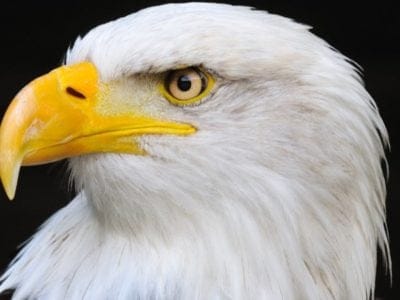
Eagle
Has exceptional eyesight!

Earthworm
They are hermaphrodites, which means they have male and female organs

Earwig
There are nearly 2,000 different species!

Eel
Eels can be a mere few inches long to 13 feet!

Executioner Wasp
The Executioner Wasp's sting is one of the most painful in the world.

Falcon
The fastest creatures on the planet!
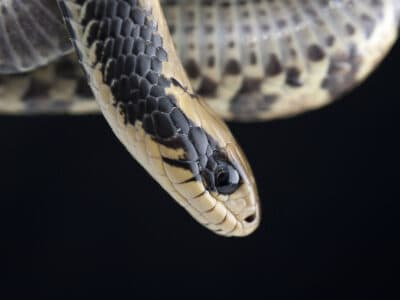
False Water Cobra
There are several color morphs, including lavender!

False Widow Spider
False spiders actually prey on black widow spiders and other hazardous spiders

Firefly
The firefly produces some of the most efficient light in the world
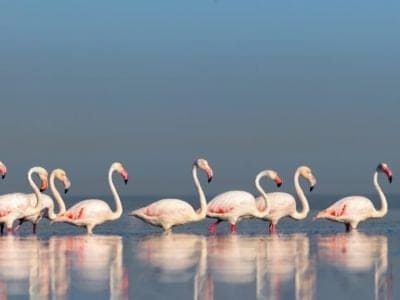
Flamingo
Sleeps on just one leg!

Flea
Adult fleas can jump up to 7 inches in the air

Fleckvieh Cattle
Besides being bred for milk and meat, these cattle were also used as draft oxen.

Fly
There are more than 240,000 different species!
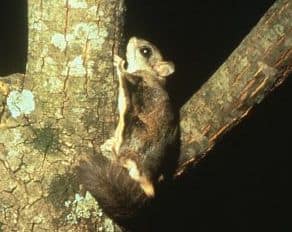
Flying Squirrel
Can glide up to 90 meters!

Frog
There are around 7,000 different species!

Fruit Fly
Fruit flies are among the most common research animals in the world
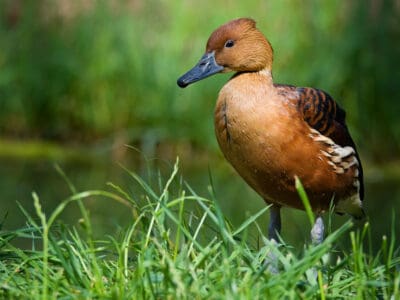
Fulvous Whistling Duck
They build a ramp from their nest, which leads to a nearby water source
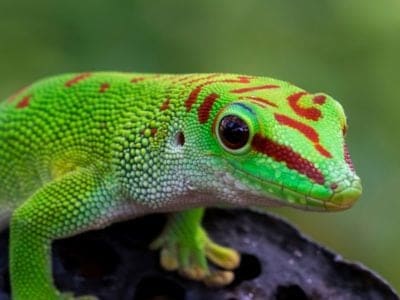
Gecko
There are thought to be over 2,000 species!

German Cockroach
The most common type of urban roach
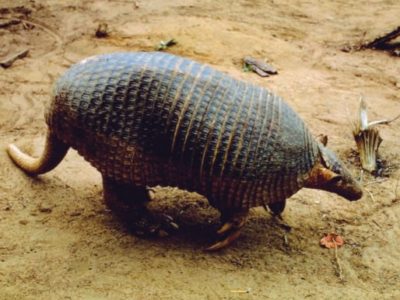
Giant Armadillo
Armadillos have a smell that’s described as strong, sweet and acrid.

Glowworm
Found inhabiting dense woodland and caves!

Gnat
Males form large mating swarms at dusk

Grasshopper
There are 11,000 known species!
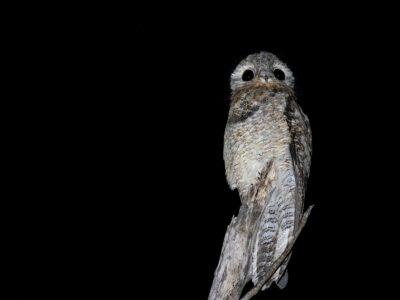
Great Potoo Bird
At night, they make a terrifying low call that sounds like a distressed moan or growl.
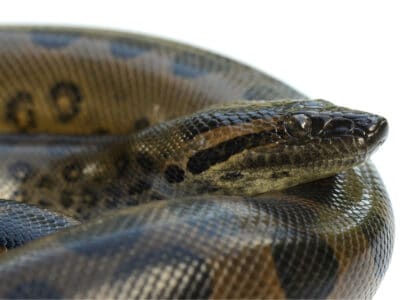
Green Anaconda
Females are often five times longer than males.
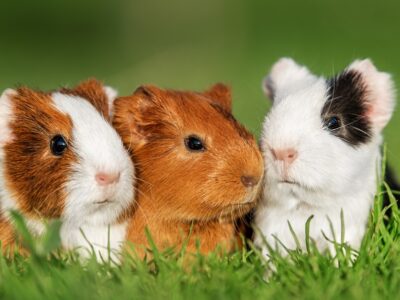
Guinea Pig
Natively found in the Andes Mountain range!

Guppy
Also known as the Millionfish!
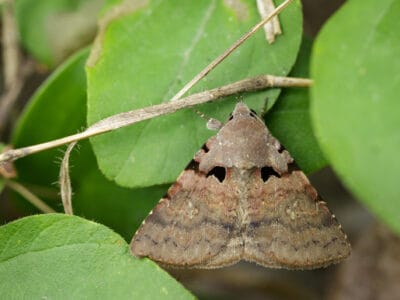
Gypsy Moth
One of the most invasive species in the world

Hamster
Able to run as quickly backwards as forwards!

Hare
Can reach speeds of over 50 mph!
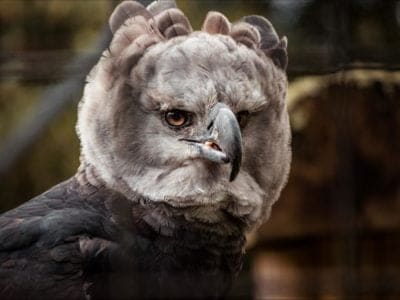
Harpy Eagle
Talon's the size of a grizzly bear's claws!
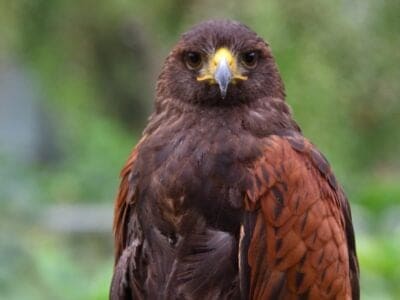
Harris’s Hawk
Their vision is eight times better than a human's

Hawk Moth Caterpillar
Many hawk moth caterpillars eat toxins from plants, but don’t sequester them the way milkweed butterflies do. Most toxins are excreted.

Hercules Beetle
This dynastine scarab beetle makes a weird huffing sound when it’s disturbed.

Heron
Inhabits wetlands around the world!

Honey Bee
There are only 8 recognized species!

Argentine Horned Frog
Natively found in South America!

Horse
Has evolved over 50 million years!

Horsefly
Horseflies have been seen performing Immelmann turns, much like fighter jets.

House wren
The wren’s epithet, aedon, comes from a Greek queen who accidentally killed her only son. She was actually aiming for her nephew, and Zeus took pity on her and turned her into a nightingale.

Housefly
The fly has no teeth
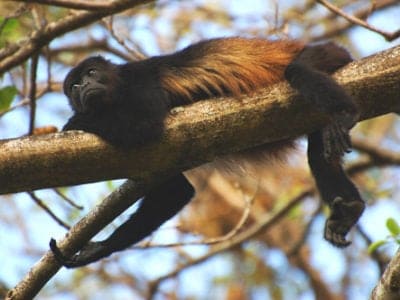
Howler Monkey
Spends 80% of it's time resting!

Human
Thought to have orignated 200,000 years ago!
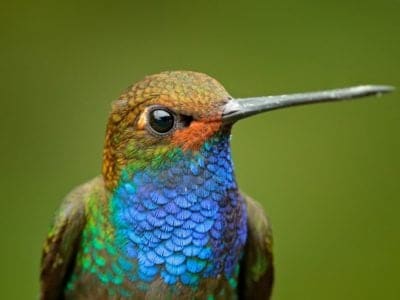
Hummingbird
Beat their wings up to 80 times per second!

Huntsman Spider
Some huntsman spiders have an interesting way of moving around. Some cartwheel while others do handsprings or backflips.
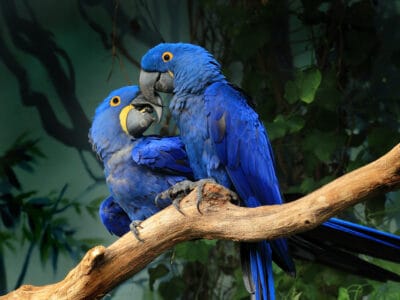
Hyacinth Macaw
The Hyacinth Macaw is the largest flying parrot in the world!

Ibis
Found in swamps, marshes and wetlands!
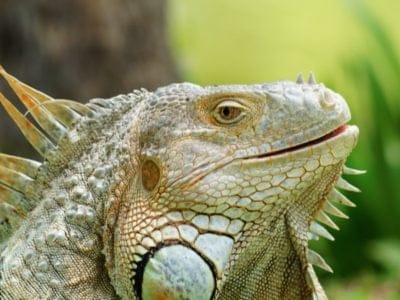
Iguana
Uses visual signals to communicate!

IMG Boa Constrictor
The first IMG boa was born in a litter of anerythristic boas.

Insects
There are an estimated 30 million species!
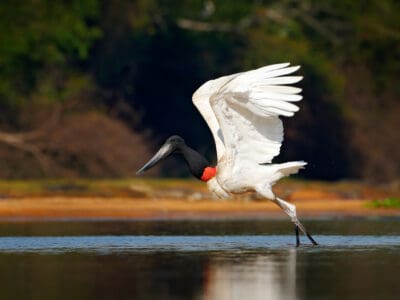
Jabiru
They form lifelong pair bonds and live in groups near water sources.

Jacana
The jacana has the ability to swim underwater
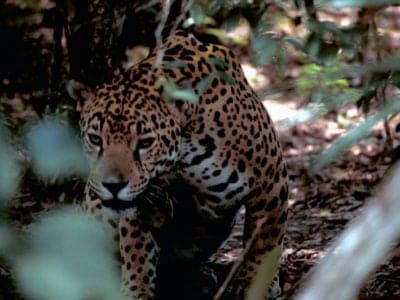
Jaguar
The largest feline on the American continent!

Jumping Spider
Some can jump 50 times the length of their bodies

Kingfisher
Inhabits wetlands and woodlands worldwide!

Ladybug
There are more than 5,000 species worldwide!

Leech
Has 10 pairs of eyes!
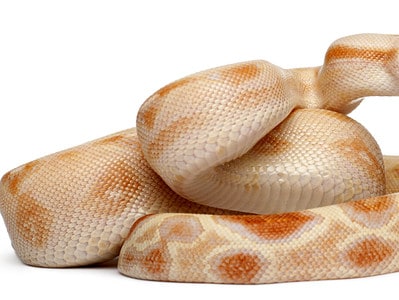
Lipstick Albino Boa
Lipstick albino boas are a designer morph that you'll only find from breeders.

Lizard
There are around 5,000 different species!

Locust
Each locust can eat its weight in plants each day.
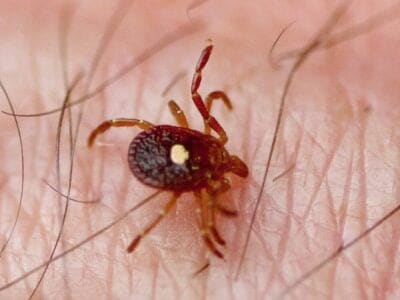
Lone Star Tick
Only females have the ‘lone star’ marking
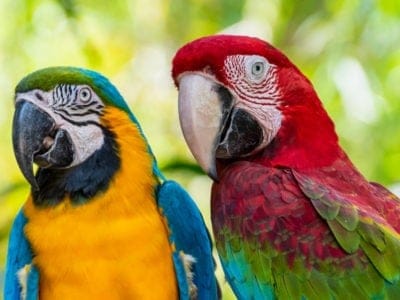
Macaw
The largest species of parrot in the world!
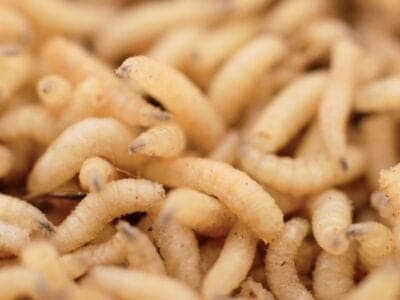
Maggot
Will only live in wet areas
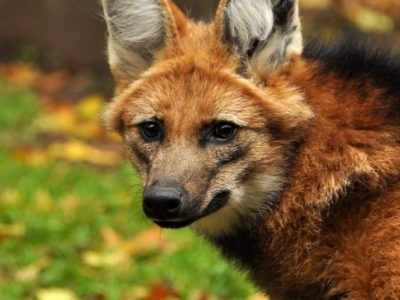
Maned Wolf
Despite its name, the Maned Wolf is not actually a wolf.
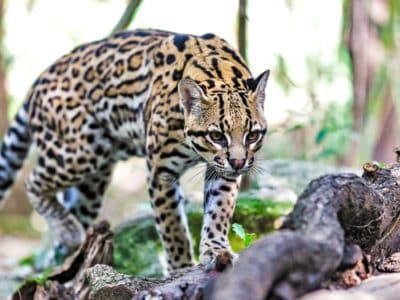
Margay
Margays are one of the world’s most highly adapted cat species for climbing trees!

Mayfly
There are 2,500 known species worldwide!

Mealybug
They have a symbiotic relationship with ants.

Megatherium
Megatherium probably used its lips more than its tongue when feeling for choice leaves in the treetops.

Mexican Free-Tailed Bat
Some colonies have millions of bats

Millipede
Some species have a poisonous bite!

Mockingbird
Mockingbirds are incredible mimics that can learn hundreds of songs!

Mole
Primarily hunts and feeds on Earthworms!
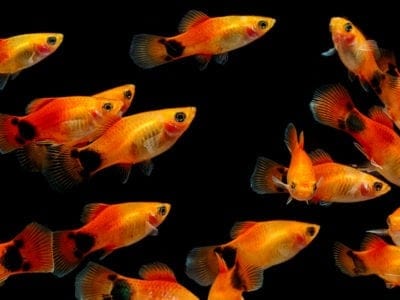
Molly
Known for their calm and peaceful nature!

Mongrel
Has characteristics of two or more breeds!

Monkey
There are around 260 known species!

Moorhen
Feeds on aquatic insects and water-spiders!
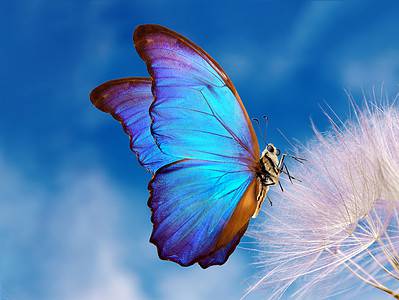
Morpho Butterfly
Collectors prize them for their bright wings

Mosquito
Only the female mosquito actually sucks blood

Moth
There are 250,000 different species!
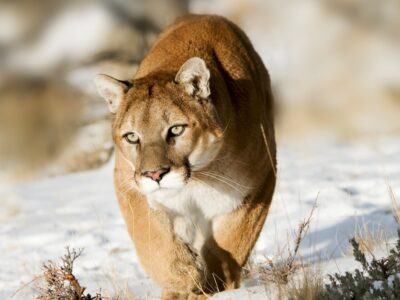
Mountain Lion
Has no real natural predators!

Mouse
Found on every continent on Earth!

Mule
The offspring of a horse and donkey parents!
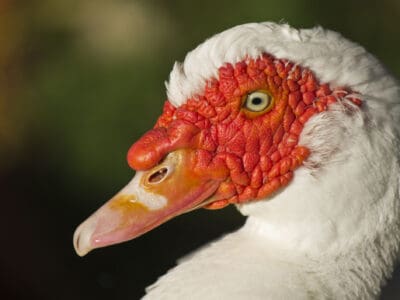
Muscovy Duck
Unlike most duck species, the Muscovy is silent and only makes noise when excited or threatened.

Nematode
Nematodes range in size from 1/10 of an inch to 28 feet long

No See Ums
There are more than 5,000 species.
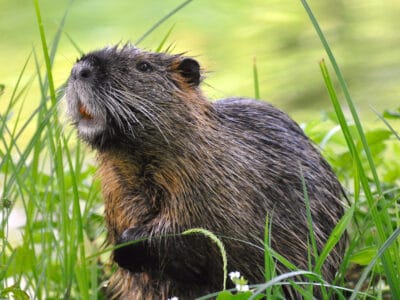
Nutria
An invasive species, one female nutria can birth up to 200 babies in just a few years of living!

Ocelot
Also known as the Painted Leopard!
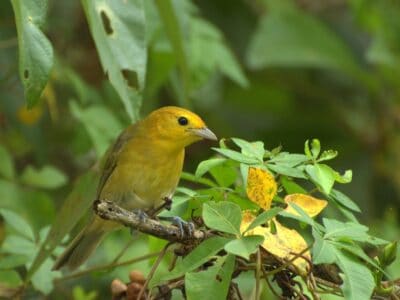
Orange Tanager (Orange-Headed Tanager)
They inhabit the lowlands of the Amazon rainforest

Orb Weaver
Females are about four times the size of males

Osprey
They reuse nesting sites for 70 years!

Otter
There are 13 different species worldwide

Owl
The owl can rotate its head some 270 degrees
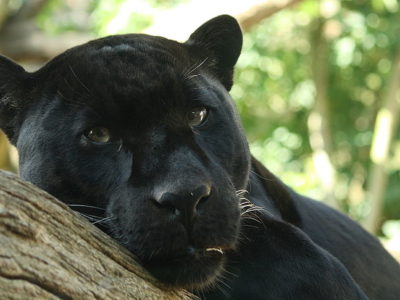
Panther
Prefers to hunt at night than during the day!
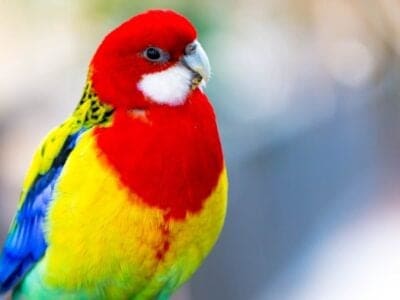
Parakeet
Monk parakeets are the only parakeets that actually build nests. They’re also the only parakeets to nest in great colonies.
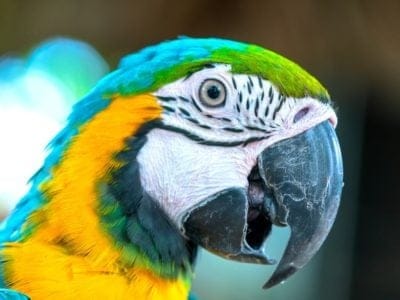
Parrot
Can live for up to 100 years!
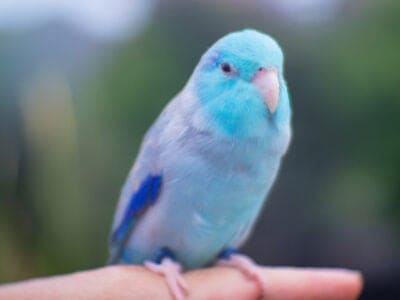
Parrotlet
Parrotlets aren't the world's tiniest parrot — that would be the pygmy parrot of Australasia.
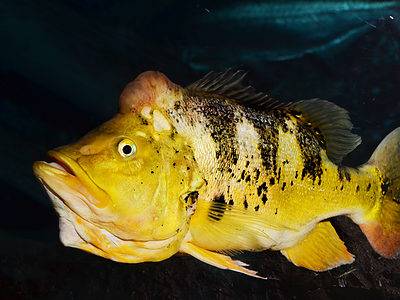
Peacock Bass
Peacock bass is known for their aggressive behavior and predatory instincts, making them a challenging target for sport fishermen.

Peregrine Falcon
Fastest animal on Earth

Pheasant
Females lay between 8 and 12 eggs per clutch!

Pigeon
They can find their way back to their nests from up to 1300 miles away.
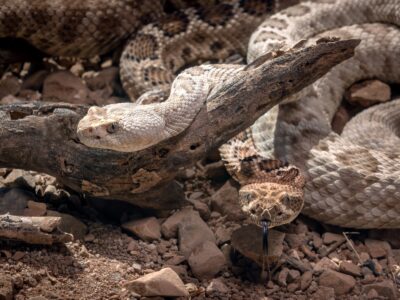
Pit Viper
Pit vipers's fangs fold up into their mouths when they don't need them.
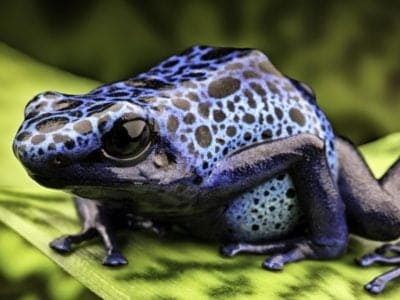
Poison Dart Frog
Inhabits the jungles of Central and South America!
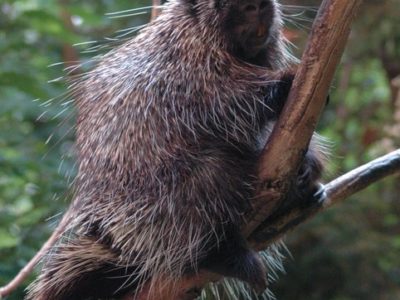
Porcupine
There are 30 different species worldwide!
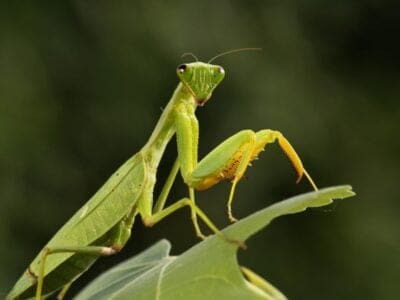
Praying Mantis
The mantis can turn its head 180 degrees.

Puma
Has longer back legs than front legs!

Quail
Inhabits woodland and forest areas worldwide!

Quetzal
The tail feathers of the male can be 1m long!
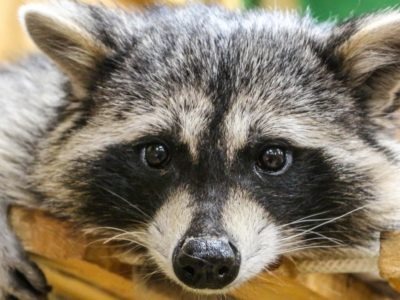
Raccoon
Known to wash their food before eating it!

Rainbow Boa
The rainbow boa is named for its iridescent skin that refracts light and creates a rainbow-colored effect.

Rat
Omnivores that eat anything!
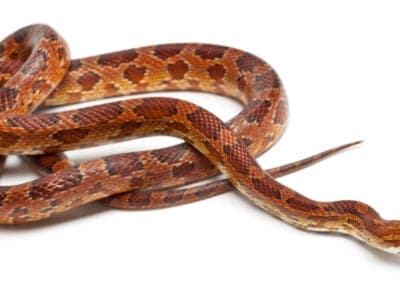
Rat Snakes
Rat snakes are constrictors from the Colubridae family of snakes.
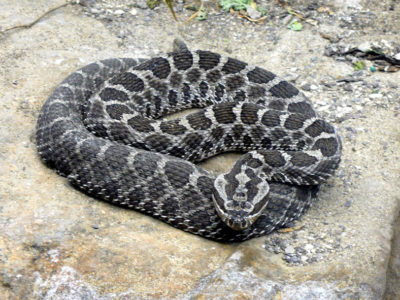
Rattlesnake
Rattlesnakes may have evolved their rattle to warn bison away from them.
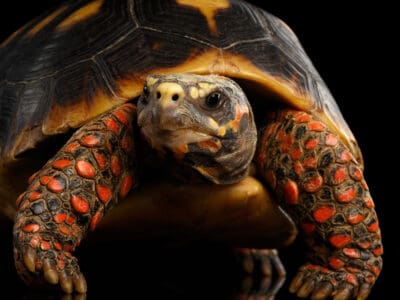
Red-Footed Tortoise
Male and female Red-Footed Tortoises move their heads to communicate.
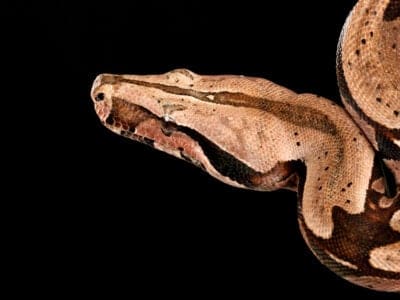
Red Tail Boa (common boa)
Red tailed boas don’t suffocate their prey, they squeeze until the heart stops circulating blood to the brain.
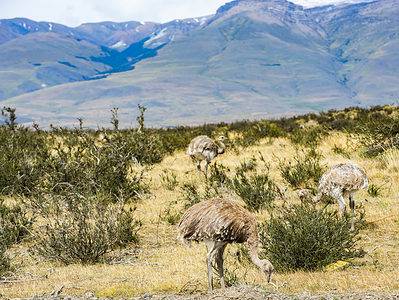
Rhea
Male rheas mate with up to a dozen females and single-handedly raise up to 80 chicks at once!

River Turtle
Inhabits freshwater habitats around the world!

Rodents
The capybara, the world’s largest rodent, likes to be in and around bodies of water. Because of this, the Catholic Church in South America decided that it was a fish, and people were allowed to eat it during Lent and First Fridays.

Rooster
Will mate with the entire flock!
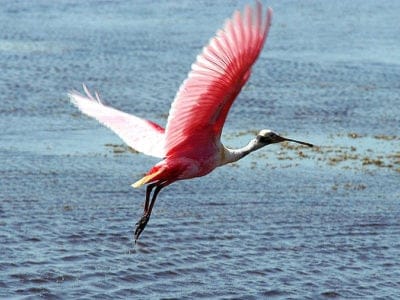
Roseate Spoonbill
The only Spoonbill in the western hemisphere!

Saber-Toothed Tiger
Canines up to 7 inches long!

Sable Ferret
Ferrets were used during the Revolutionary War to keep down the rat population.
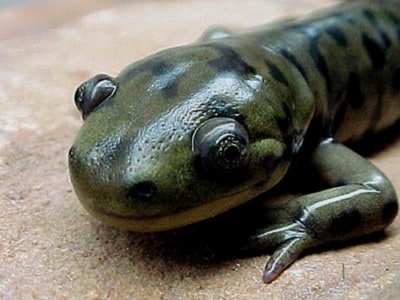
Salamander
There are more than 700 different species!

Scorpion
There are around 2,000 known species!

Seahorse
Males give birth to up to 1,000 offspring!
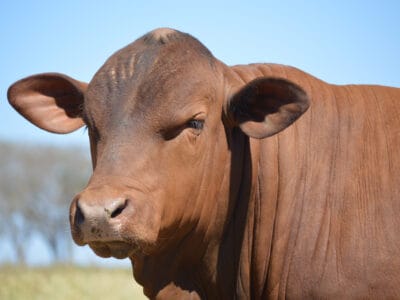
Senepol Cattle
Senepol cattle have a distinctive red color and no horns.

Sheep
Around 35 million in the English countryside!
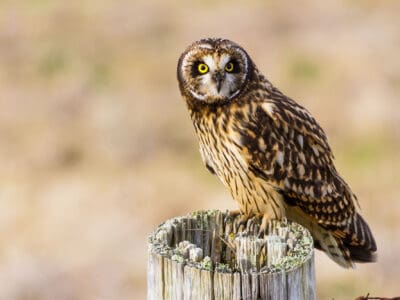
Short-Eared Owl
The short-eared owl is one of the most widespread owl species in the world, covering five continents.

Shrew
The spinal column of the shrew Scutisorex somereni is so strong and reinforced that it can support the weight of an adult human.

Shrimp
There are 2,000 different species worldwide!

Silver Dollar
Closely related to the Piranha

Skink Lizard
Some skinks lay eggs in some habitats while giving birth to skinklets in other habitats.
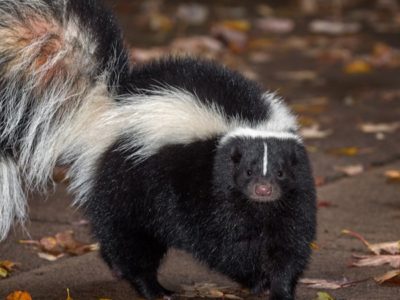
Skunk
Also known as the Polecat!

Sloth
It's body temperature is between 30 - 34 degrees!

Slug
They glide around on one foot, which is aided by the slime they produce

Smokybrown Cockroach
Has up to 45 eggs per egg case

Snail
There are nearly 1,000 different species!

Snake
There are around 4,000 known species worldwide

Sparrow
There are 140 different species!

Spider Wasp
They prey on spiders to feed their larvae or they parasitize other spider wasps.

Squirrel
Small rodents found in woodlands worldwide!

Stick Insect
There are more than 3,000 different species!

Stork
They can’t sing like other birds.
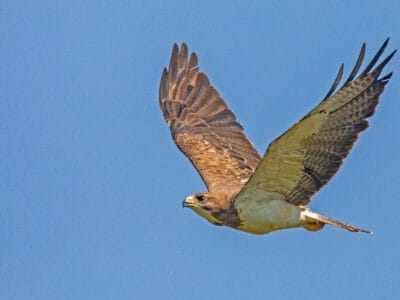
Swainson’s Hawk
Their wings form a “V” shape when flying.

Swan
Populations have been affected by pollution!
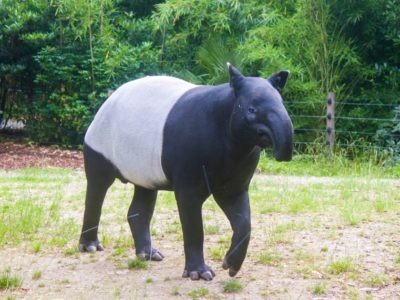
Tapir
Most closely related to horses and rhinos!

Tarantula Hawk
Tarantula hawks are excellent pollinators, especially for milkweed.

Termite
Their mounds can be up to 9 meters tall!

Tetra
Native to the freshwater streams of South America!

Thrush
The American robin is called the robin because its red breast reminded European settlers of the robin back in the old country.

Tick
They inject hosts with a chemical that stops them from feeling the pain of the bite

Tiger Beetle
The adult tiger beetle is one of the fastest land insects in the world

Tortoise
Can live until they are more than 150 years old!
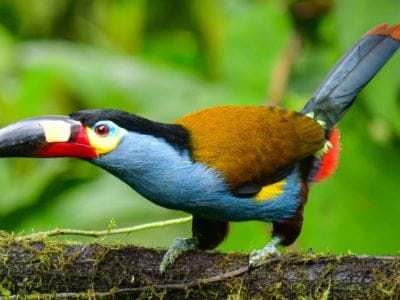
Toucan
There are more than 40 different species!
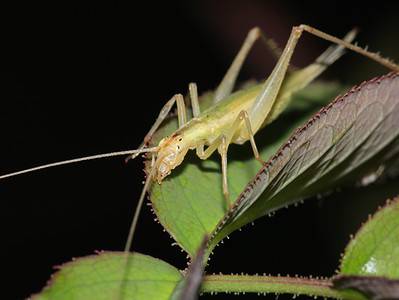
Tree Cricket
They make music with their wings

Tree Frog
Found in warmer jungles and forests!

Turtles
Some species of aquatic turtles can get up to 70 percent of their oxygen through their butt.
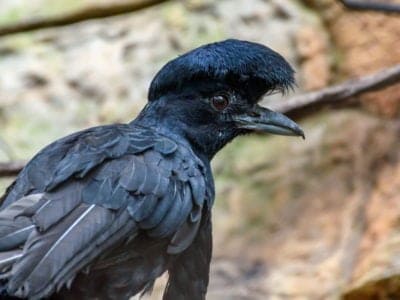
Umbrellabird
Migrates up and down the mountains!
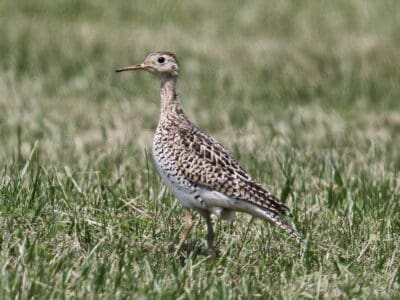
Upland Sandpiper
They make jerky movements as they walk through the grass, searching for food.
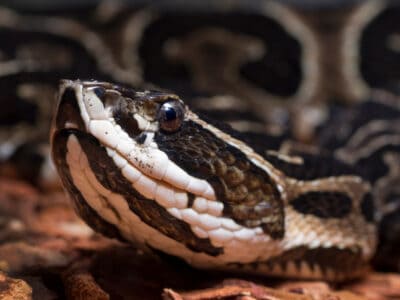
Urutu Snake
The female Urutu snake grows longer and heavier than males of the same species
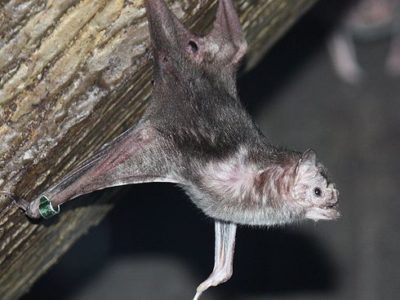
Vampire Bat
Have a heat sensor on the end of their nose!

Vermilion Flycatcher
They have a fast song that lasts up to 10 syllables at max.
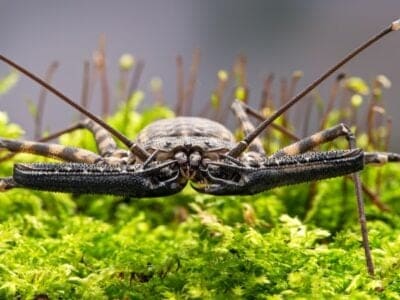
Vinegaroon
Vinegaroons can spray 19 times before the glands are depleted

Vulture
There are 30 different species worldwide!

Wasp
There are around 75,000 recognised species!
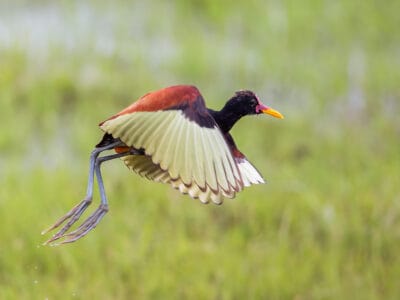
Wattled Jacana
They are typically noisy birds but take on a soft tone with their young.
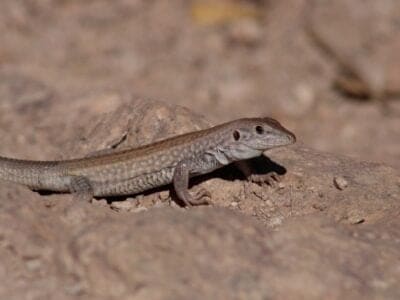
Whiptail Lizard
Many whiptail species reproduce asexually.

White Ferret / Albino Ferrets
There are two different types of white ferrets!

Wolf Spider
Carnivorous arachnid that hunts its prey.

Woodlouse
This animal can roll up into a ball

Woodpecker
There are 200 different species!

Worm
Doesn’t have eyes.
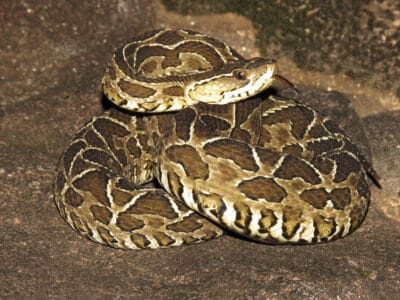
Yarara
Females are much larger than males
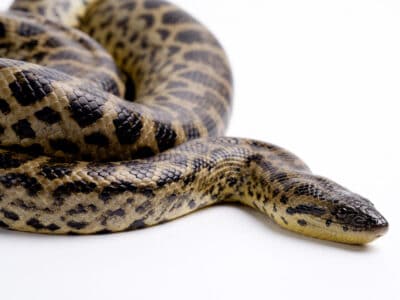
Yellow Anaconda
Anacondas take prey much bigger compared to body weight than other snakes.
Paraguayan Animals List
- Agouti
- Amazon Parrot
- Anaconda
- Anhinga
- Ant
- Anteater
- Armadillo
- Armyworm
- Barb
- Barn Owl
- Barn Swallow
- Bat
- Bear
- Bed Bugs
- Bee
- Beetle
- Bird
- Biscuit Beetle
- Black Widow Spider
- Bobolink
- Booby
- Brazilian Treehopper
- Brown Dog Tick
- Bush Dog
- Butterfly
- Caecilian
- Caiman
- Caiman Lizard
- Camel Cricket
- Carpenter Ant
- Cascabel
- Cat
- Caterpillar
- Catfish
- Centipede
- Chicken
- Chilean Recluse Spider
- Cichlid
- Cockroach
- Codling Moth
- Collared Peccary
- Common Furniture Beetle
- Common House Spider
- Coral Snake
- Cormorant
- Cow
- Crab
- Crab-Eating Fox
- Crab Spider
- Cricket
- Crocodile
- Crocodylomorph
- Crow
- Cuckoo
- Dog
- Dog Tick
- Donkey
- Dragonfly
- Dubia Cockroach
- Duck
- Dung Beetle
- Dwarf Boa
- Eagle
- Earthworm
- Earwig
- Eel
- Executioner Wasp
- Falcon
- False Water Cobra
- False Widow Spider
- Firefly
- Flamingo
- Flea
- Fleckvieh Cattle
- Fly
- Flying Squirrel
- Frog
- Fruit Fly
- Fulvous Whistling Duck
- Gecko
- German Cockroach
- Giant Armadillo
- Glowworm
- Gnat
- Grasshopper
- Great Potoo Bird
- Green Anaconda
- Guinea Pig
- Guppy
- Gypsy Moth
- Hamster
- Hare
- Harpy Eagle
- Harris’s Hawk
- Hawk Moth Caterpillar
- Hercules Beetle
- Heron
- Honey Bee
- Argentine Horned Frog
- Horse
- Horsefly
- House wren
- Housefly
- Howler Monkey
- Human
- Hummingbird
- Huntsman Spider
- Hyacinth Macaw
- Ibis
- Iguana
- IMG Boa Constrictor
- Insects
- Jabiru
- Jacana
- Jaguar
- Jumping Spider
- Kingfisher
- Ladybug
- Leech
- Lipstick Albino Boa
- Lizard
- Locust
- Lone Star Tick
- Macaw
- Maggot
- Maned Wolf
- Margay
- Marmoset
- Mayfly
- Mealybug
- Megatherium
- Mexican Free-Tailed Bat
- Millipede
- Mockingbird
- Mole
- Molly
- Mongrel
- Monkey
- Moorhen
- Morpho Butterfly
- Mosquito
- Moth
- Mountain Lion
- Mouse
- Mule
- Muscovy Duck
- Nematode
- No See Ums
- Nutria
- Ocelot
- Orange Tanager (Orange-Headed Tanager)
- Orb Weaver
- Osprey
- Otter
- Owl
- Ox
- Panther
- Parakeet
- Parrot
- Parrotlet
- Peacock Bass
- Peregrine Falcon
- Pheasant
- Pigeon
- Pit Viper
- Poison Dart Frog
- Porcupine
- Praying Mantis
- Puma
- Quail
- Quetzal
- Raccoon
- Rainbow Boa
- Rat
- Rat Snakes
- Rattlesnake
- Red-Footed Tortoise
- Red Tail Boa (common boa)
- Rhea
- River Turtle
- Rodents
- Rooster
- Roseate Spoonbill
- Saber-Toothed Tiger
- Sable Ferret
- Salamander
- Scorpion
- Seahorse
- Senepol Cattle
- Sheep
- Short-Eared Owl
- Shrew
- Shrimp
- Silver Dollar
- Skink Lizard
- Skunk
- Sloth
- Slug
- Smokybrown Cockroach
- Snail
- Snake
- Sparrow
- Spider Wasp
- Squirrel
- Stick Insect
- Stork
- Swainson’s Hawk
- Swallowtail Butterfly
- Swan
- Tapir
- Tarantula Hawk
- Termite
- Tetra
- Thrush
- Tick
- Tiger Beetle
- Tortoise
- Toucan
- Toxodon
- Tree Cricket
- Tree Frog
- Turtles
- Umbrellabird
- Upland Sandpiper
- Urutu Snake
- Vampire Bat
- Vermilion Flycatcher
- Vinegaroon
- Vulture
- Wasp
- Wattled Jacana
- Whiptail Lizard
- White Ferret / Albino Ferrets
- Wolf Spider
- Woodlouse
- Woodpecker
- Worm
- Yarara
- Yellow Anaconda
Animals in Paraguay FAQs (Frequently Asked Questions)
What Are the Animals in Paraguay?
The wildlife of Paraguay reflects the contrast of east and west. The lowlands reflect an ecosystem that will be familiar to people from around the world. Boars and tapirs exist alongside foxes, deer, and any number of freshwater fish.
Things get more exotic once you extend into the marshland and the jungle. You’re unlikely to see wild cats like ocelots and jaguars, but you can be confident they’re out there. Toucans and armadillos provide species that will be far more exotic to the average traveler.
What Animals Went Extinct in Paraguay?
There are no species that are specifically known to have gone extinct in Paraguay, but South America, in general, was once home to species as varied as the giant sloth and the saber-toothed cat. And while it’s been some time since a species we know of has gone extinct in Paraguay, doesn’t mean that we don’t need to be concerned about the country’s biodiversity. Paraguay is home to two endangered species, and the density of the Paraguayan rain forest means it’s hard to really gauge what hidden species might be at risk or lost entirely.
Are There Monkeys in Paraguay?
Paraguay is actually home to five native species of monkeys. These include the black howler monkey, white-coated titi, black-tailed marmoset, and both the Azaras’s capuchin and the Azara’s night monkey. All of these species live in the jungle and have habitats that extend beyond the borders of Paraguay. The Azaras’s’ capuchin — also known as the hooded capuchin — is listed as a least threatened species on the endangered species list.



